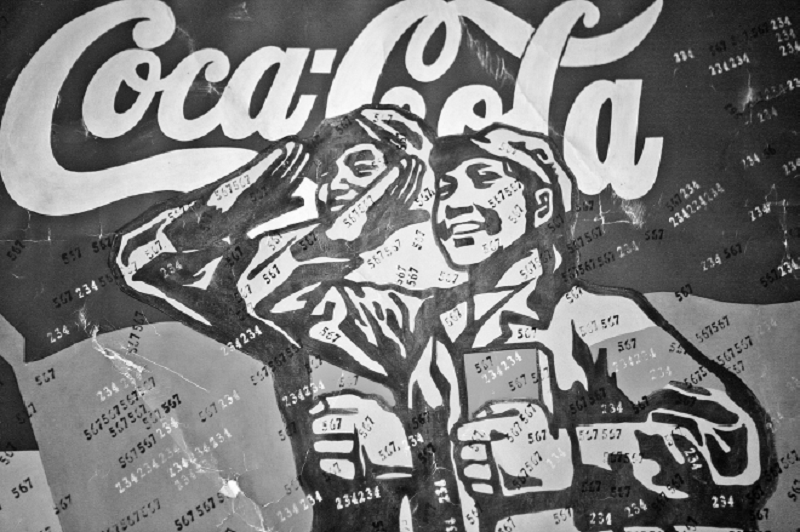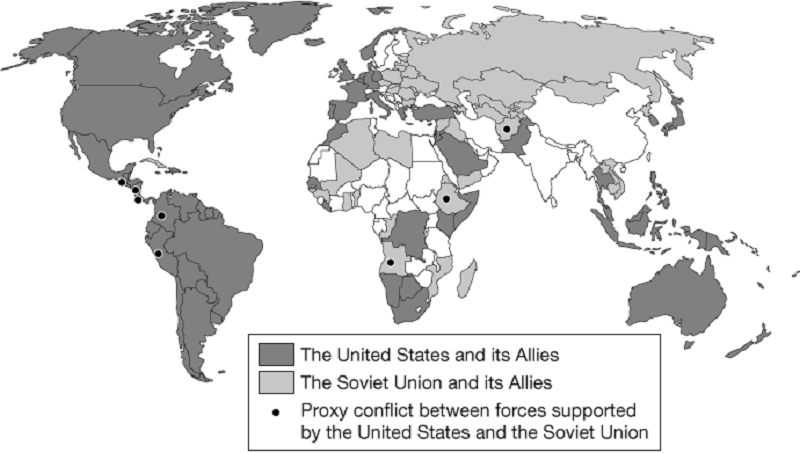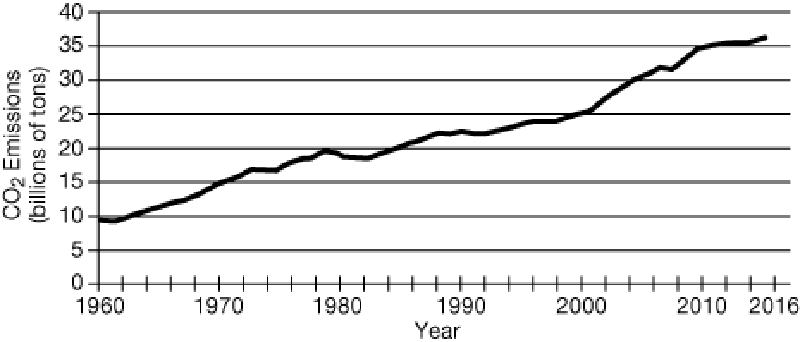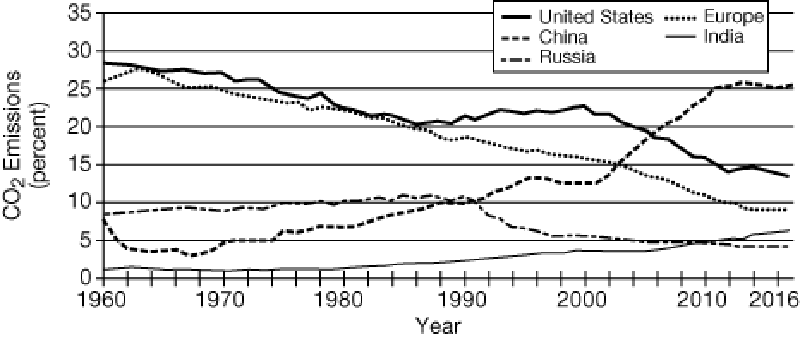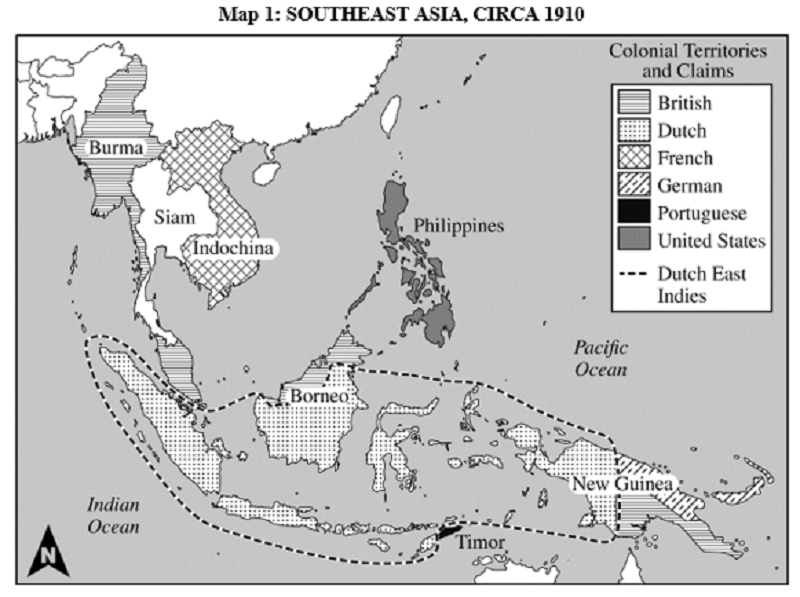GLOBAL CHALLENGES, c. 1900-TODAY CE EXAM SPRING 2023

Global Challenges Exam Quiz
This engaging quiz covers key historical events and themes from the early 20th century to today. Test your knowledge on global challenges, including wars, politics, and social movements.
- 55 thought-provoking questions
- Multiple-choice and checkbox formats
- Great for students and history enthusiasts
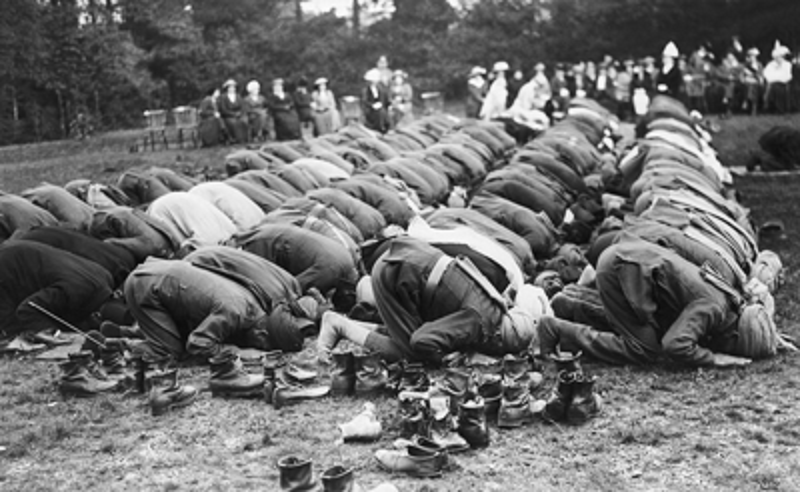

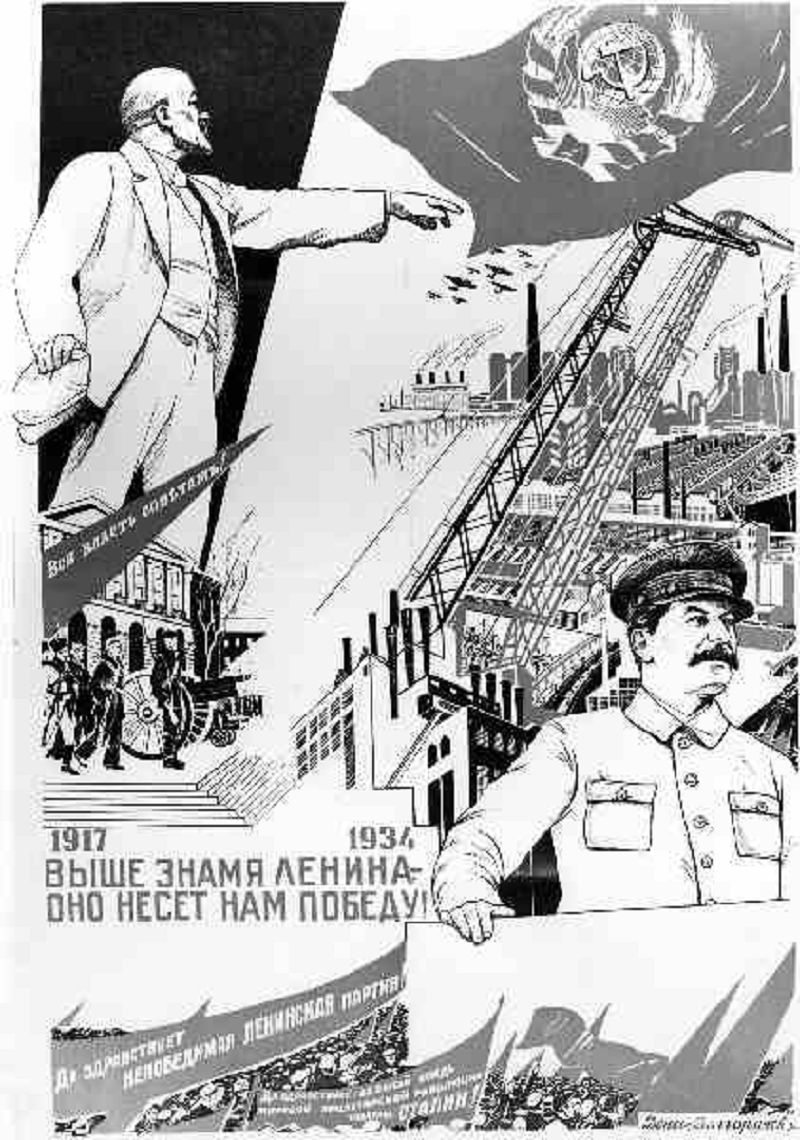

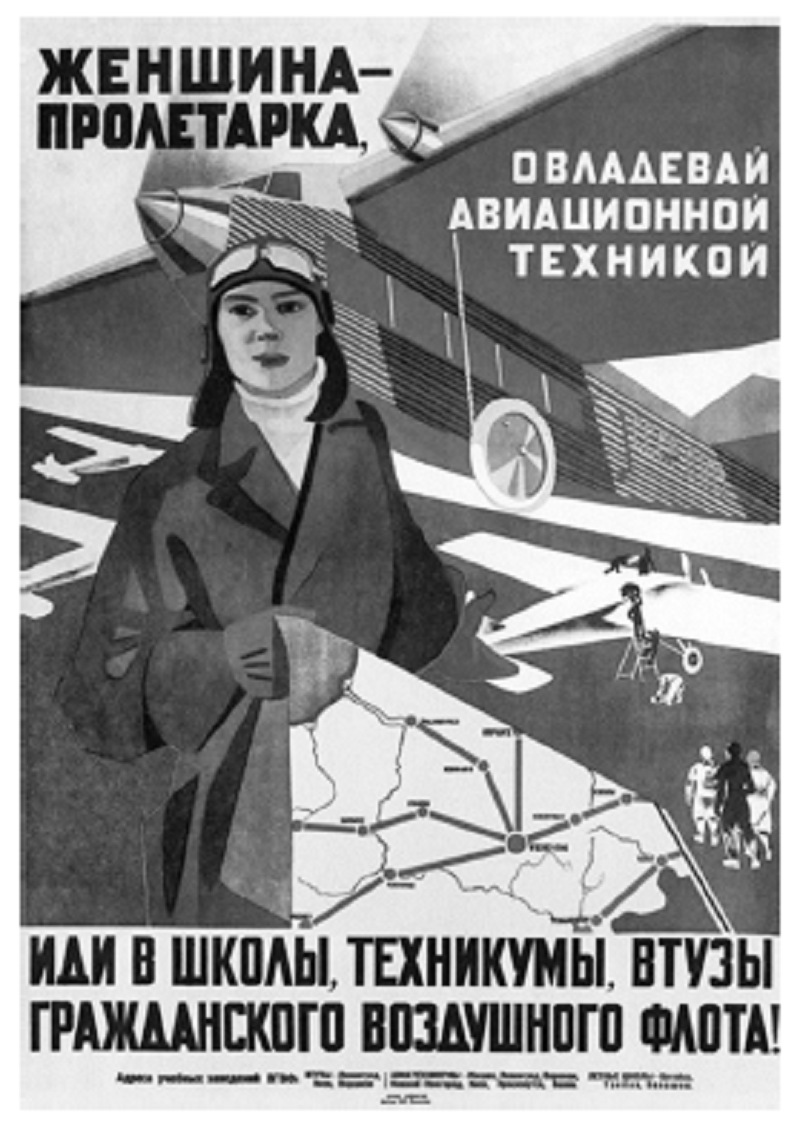
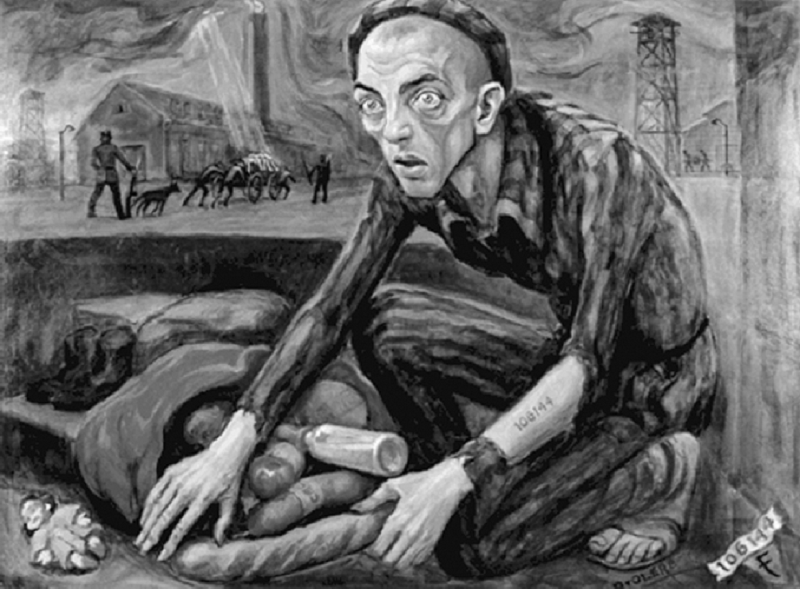

POPULATION TABLE FOR SELECTED STATES, 1800–2000
|
State |
1800 |
1850 |
1900 |
1950 |
2000 |
|
Angola |
1,567,028 |
1,949,329 |
2,995,663 |
4,548,023 |
16,440,924 |
|
Argentina |
534,000 |
1,100,000 |
4,693,000 |
17,150,336 |
37,057,452 |
|
Brazil |
3,639,636 |
7,234,000 |
17,894,000 |
53,974,732 |
175,287,600 |
|
Saudi Arabia |
2,091,000 |
N/A |
N/A |
3,121,335 |
20,764,312 |
|
Zimbabwe |
1,085,814 |
1,346,417 |
1,911,594 |
2,746,852 |
12,222,251 |
The population trend shown in the table for sub-Saharan African states such as Angola and Zimbabwe in the period 1950–2000 most likely reflects which of the following?
POPULATION TABLE FOR SELECTED STATES, 1800–2000
|
State |
1800 |
1850 |
1900 |
1950 |
2000 |
|
Angola |
1,567,028 |
1,949,329 |
2,995,663 |
4,548,023 |
16,440,924 |
|
Argentina |
534,000 |
1,100,000 |
4,693,000 |
17,150,336 |
37,057,452 |
|
Brazil |
3,639,636 |
7,234,000 |
17,894,000 |
53,974,732 |
175,287,600 |
|
Saudi Arabia |
2,091,000 |
N/A |
N/A |
3,121,335 |
20,764,312 |
|
Zimbabwe |
1,085,814 |
1,346,417 |
1,911,594 |
2,746,852 |
12,222,251 |
Which of the following most likely accounts for the extent of the population changes for Argentina, Brazil, and Saudi Arabia in the period 1950–2000 ?
